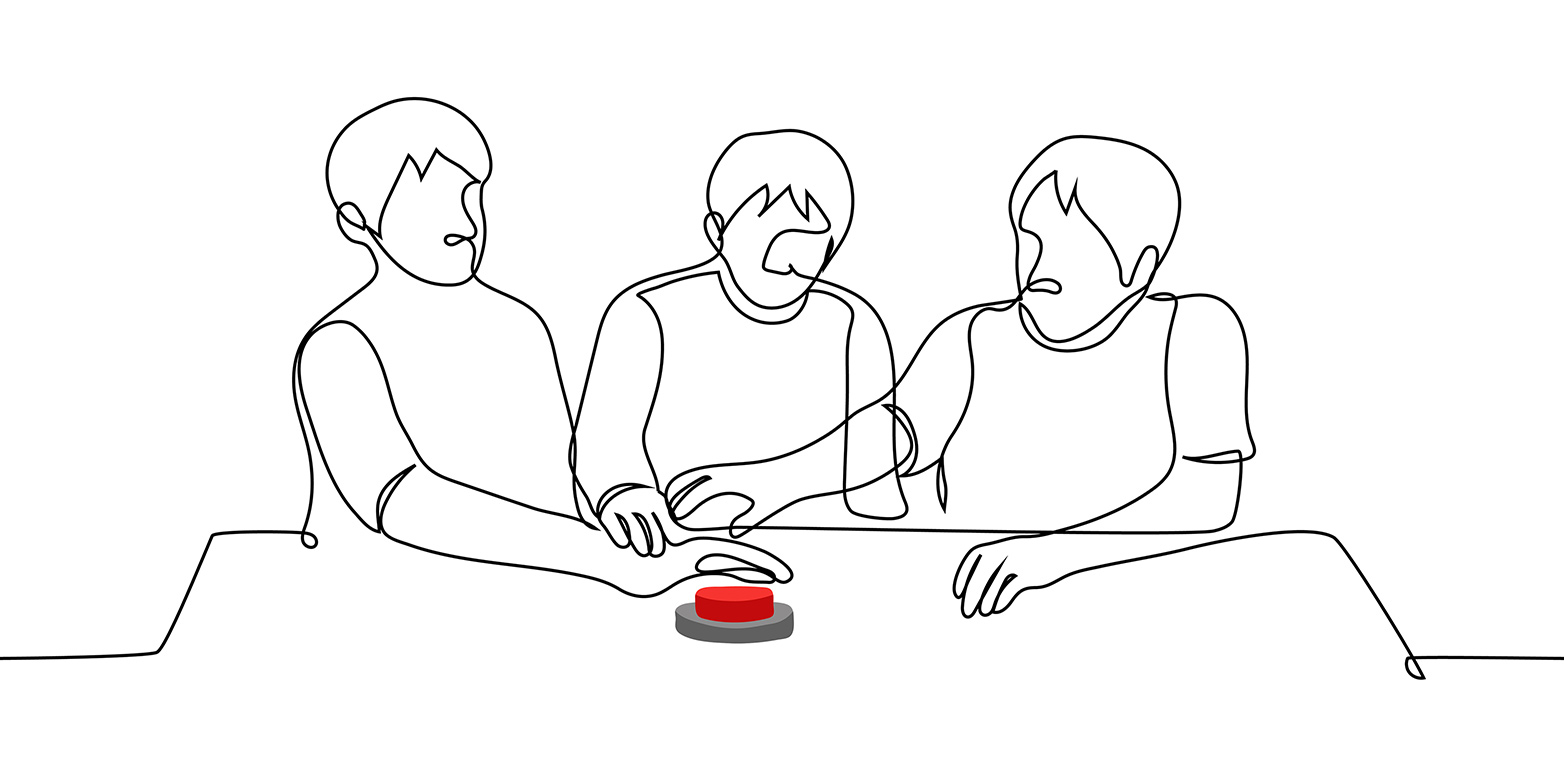The nuclear reality is unsettling

Stephen Herzog is researching how nuclear weapons could be better controlled and eventually eliminated. For him, Putin's threats are a reason to fundamentally question the nuclear “balance of terror."
“I research nuclear arms control.” For years, this line produced blank stares in social settings as I tried to explain my job’s importance. After all, nuclear weapons are quite distant from the lives of most people, particularly since the Cold War has been over for decades.
Then came the invasion of Ukraine on February 24. Russian President Vladimir Putin warned that the West risked nuclear retaliation with attempts to assist Ukraine in the conflict.1 Suddenly, my Center for Security Studies colleagues and I found ourselves explaining the world’s unpleasant nuclear realities to the media and public.

The nuclear dimensions of this war have created twin imperatives for researchers. First, experts must unpack facts in a way that avoids scaremongering. Second, scientists should contribute to making the future safer and free of nuclear fears. So ultimately the question is: How can we prevent leaders like Putin from suddenly being able to threaten the world with nuclear warheads?
Nuclear risks remain
The U.S. bombings of Hiroshima and Nagasaki ushered in the atomic age. Soon the United States and Soviet Union pointed nuclear arms at each other’s cities. Backed by game theory, the belief was that this “balance of terror” would prevent a third world war. Many researchers even declared the new world safer.
Is the world really safer? Today, nine countries possess approximately 12,700 nuclear warheads.2 Most cities in the United States, Russia, China, and European NATO states are under 30 minutes from destruction with ballistic missiles at all times. Neutral Switzerland has also built bunkers to protect its population from a nuclear war.3
In a nuclear-armed world, confrontations carry immeasurable risks. Imagine if an AI simulated the Cold War and its numerous close calls like the Cuban Missile Crisis 10, 100, or maybe even 1,000 times. In how many cases would millions of people die because someone pressed the proverbial “red button”? The fact that luck probably played a big role in the absence of catastrophes should make us skeptical about the safety of our nuclear future.4
An uncomfortable responsibility
Discussing global nuclear risks and vulnerability with the public is no easy task. These issues are complex and there are no simple or reassuring answers to most questions. I believe it is unethical to speculate with mathematical odds on how likely it is that nuclear weapons will be used in Ukraine. My response to queries is that nuclear use remains unlikely, but its dramatic consequences require our attention.
“Nuclear deterrence is a theory. But Putin's threats should remind us that gray theory can carry implications for humanity’s survival. Like all theories, the core tenets of nuclear deterrence deserve interrogation.”Stephen Herzog
Nuclear threats have been part of the fabric of international security for over 75 years. However, polling shows most people would prefer to live in a world without nuclear weapons. Ultimately, we have to decide whether to support leaders who embrace the status quo or those who seek nuclear disarmament.
Science’s role
Addressing long-term nuclear dangers necessitates changes in how publics and policymakers talk about nuclear arms. For this reason, in a recent Science magazine editorial, I advocated for research into the desirability and feasibility of nuclear disarmament.5 Here are three important approaches to begin reframing discussions about nuclear weapons:
- Scientists who view nuclear deterrence as “playing with fire” cannot assume governments and publics will learn this lesson until it is too late. Critics won’t convince advocates without researching viable alternatives that can provide for states’ security.
- Likewise, innovative disarmament verification studies are necessary. I often hear that nuclear weapons can never be verifiably eliminated. Current monitoring technologies offer a good start for imagining how the international community could police a disarmed world. Yet, extensive further research and development is needed before the public and policymakers can fully trust disarmament verification technology.
- Just as research fueled nuclear deterrence strategy at the height of the Cold War, science can help drive the transition away from that past. Researchers have a responsibility to contextualize the possible risks to publics concerned by reports of nuclear drills and images of mushroom clouds.
Nuclear deterrence is a theory. But Putin's threats should remind us that gray theory can carry implications for humanity’s survival. Like all theories, the core tenets of nuclear deterrence deserve interrogation.
Comments
No comments yet